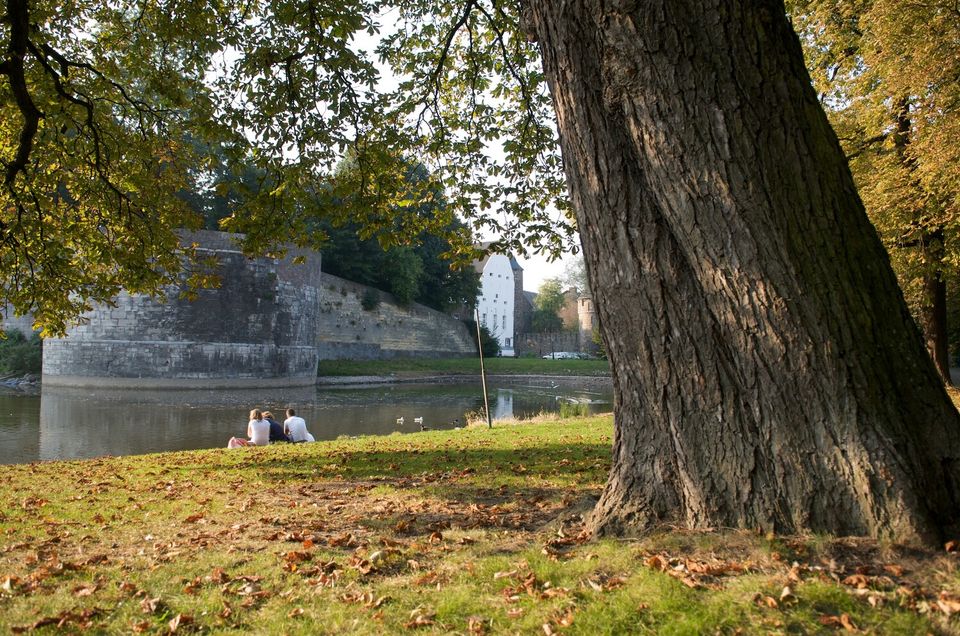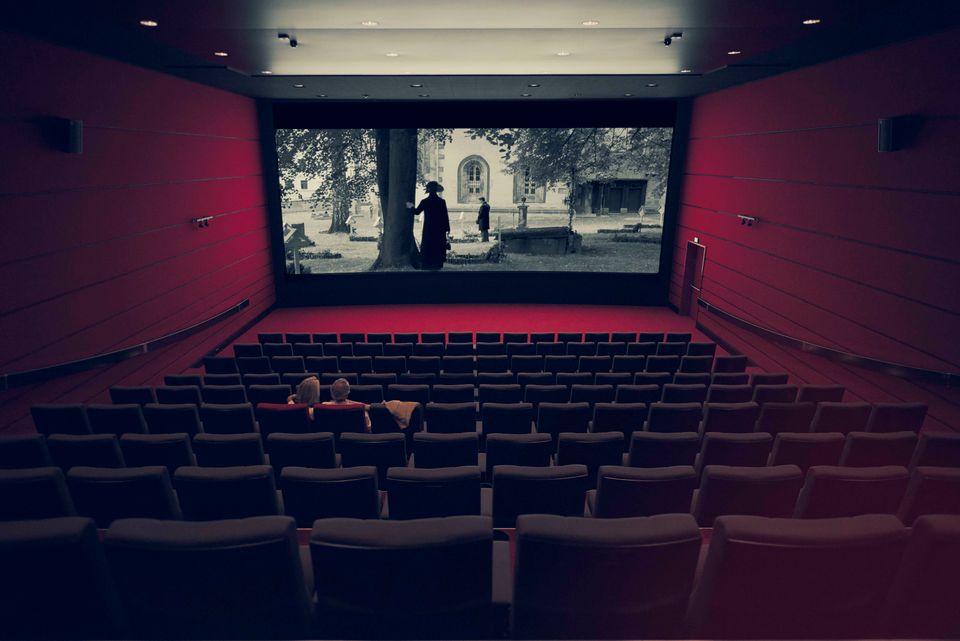Out and about with a Frenchman in Maastricht
Ma deuxième maison
Somebody recently asked me if I was feeling homesick for France and for my hometown Strasbourg. My answer was a simple no, I don't feel homesick at all. But my quick, assured response took me aback a little; after all, who doesn't ever feel homesick for the place where their roots are?
Just like Strasbourg, Maastricht was founded by the Romans. The arrival of a watchtower next to a bridge crossing a river draws people to start settling around the Roman fort and the settlement soon expands into a fortified town.
Just like Maastricht, Strasbourg is also a religious city with a monumental cathedral, a river, and fine food and drink. I grew up as a true epicure appreciating the good life in Alsace, which is why I also feel at home in Maastricht with its touch of French flair.
Maastricht française
La Meuse is also an important contributor to that French feeling in Maastricht, as the source of the river is located on Plateau de Langres in the north-east of France and flows through Maastricht to the North Sea, making it a handy thoroughfare for the transport of goods and for trading. This was especially useful for the French, which is also the reason for why they were so keen on making Maastricht part of France. And for a while they succeeded. After many attaques (attacks) and croisades (crusades), the French occupied Maastricht.
Maastricht served as the capital of Meuse Inférieure, a French city, from 1794 to 1814. In 1803 and 1811 Napoleon came to Maastricht and visited the underground Limestone quarry of Sint-Pietersberg hill and inspected the fortifications. Traces of this can still be seen in the Zonneberg caves. When walking through the caves, you'll see many inscriptions dating from this period, all in French, bearing silent witness to the past.

Even though the French no longer occupy the city, their influence still remains strong in Maastricht, evidenced by the local dialect which contains many French words such as trottoir (pavement), fourchette (fork), bougie (candle), commissies (groceries), and tapesseren (hanging up wallpaper), but also by the Burgundian character of the city.
La cuisine française
About the French culinary influences. Éclair Affair on Kesselskade is the place to be if you want to taste traditional French pastries. I grew up with all these tasty delights and, believe me, they are good!
But if you prefer something savoury, I recommend that you go to Koestraat which has amazing restaurants with une cuisine délicieuse, of which Le Fernand is a real must. Here they serve traditional French dishes such as confit de canard (confit duck), cuisses de grenouilles (frog legs), and haricots verts au beurre de Paris (green beans and herb butter) and drink such as Crémant, Kronenbourg 1664, and more.
On the opposite bank of the Meuse, Wycker Cabinet also serves beautiful French cuisine including Côte de Bœuf (Angus rib roast) with béarnaise sauce, Moules de Bouchots (Bouchot mussels), escargots (snails), and the famous profiteroles. These are classic French dishes that will always make me happy and are so good that I could even have them for breakfast...
Strolling through Maastricht
You could take a stroll through the Stokstraatkwartier district and shop at the beautiful boutiques. But if you really want to get that French feeling, then take a walk over the city wall at the Stadspark city park. It's as if you're in Paris... You walk through a beautiful garden and if you go down via the School of Business and Economics (SBE) you can see the statue of D’Artagnan at the city wall. And while you're in the neighbourhood, take a walk up Sint-Pietersberg hill to the Fort which bears silent witness to the history of Maastricht and its shared history with the French. Here you can also book a guided tour at Maastricht Underground, which is highly recommended. But I won't tell you anything more about it. Go and discover it for yourself!
Et après?
And if you're not completely immersed in the French flair at the end of the day, you can still visit Lumière cinema. This cinema, located in a beautifully renovated timber factory, regularly shows French films.
If this inspires you to practice your French a bit more, then join Café Français, where you can speak French during a fun-filled evening. Visit the website of l’Alliance Française de Maastricht to see when the next meeting will take place. This website will also keep you up to date about the cultural programme.

Egbert was born in Alsace and grew up in Strasbourg. After completing his Baccalauréat B (economics and social sciences) he decided to continue his studies in Maastricht. He completed his Baccalaureus Translationis in 1998, met the love of his life here, and decided to stay in Maastricht. These days Egbert gives guided tours at Maastricht Underground and Explore Maastricht and prepares French cuisine for his catering company Plat du Jour.



